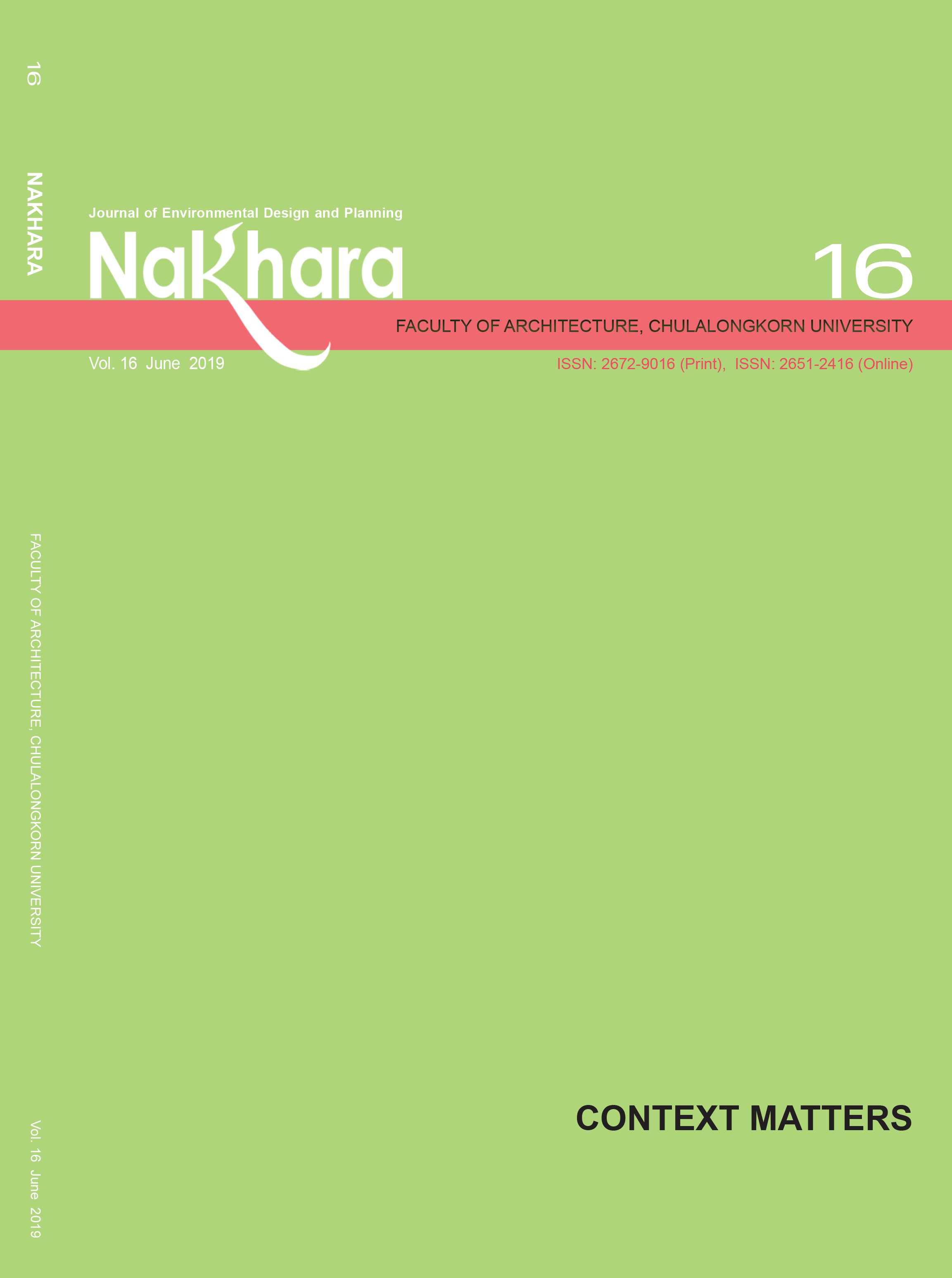Rationalizing Public Transport System of Dhaka City: Proposal of Creating a Multimodal Hierarchical Transport Network to Reduce Traffic Congestion
Main Article Content
Abstract
The concept of rationalization can be defined as a structured process to increase effectiveness through a maximize use of existing resources. Rationalization in terms of road infrastructure or systems can be achieved in various ways; establishing hierarchy of routes, optimize bus-stop points with density distribution changes, proper integration of motorized and non-motorized transport and providing policy framework. In the highly densely populated city of Dhaka, rationalizing public transport is one way to minimize the mismatch between demand and supply.
This paper is concerned with the following issues: providing a general description of the city transport system, identifying problems and demands analysis in the area of study area; studying the rationalization of public transport, particularly public transport system design (routes and their categorization) and proposing the creation of a multimodal hierarchical transport network for Dhaka. The findings suggest establishing a major component, a hierarchal-network. Beside establishing network hierarchy, rationalizing is also interdependent upon system planning, institutional framework, organization and financing, terminal locations, public-private relationships, government roles, policies, service integration, and the management of public transport. This is can be accomplished by all stakeholders sharing the relative success and failure, depending different levels of each components’ performances. The findings of this paper will help planners and decision makers to optimize the investment in the transport infrastructure.
Article Details

This work is licensed under a Creative Commons Attribution-NonCommercial-NoDerivatives 4.0 International License.
References
Banister, D. (2008). The sustainable mobility paradigm. Transport Policy, 15(2), 73-80.
Development Design Consultants. (1998). Dhaka urban transport plan, phase II, consultancy draft final report (volume III): Environmental action plan. Dhaka: Ministry of Transport, Government of Bangladesh.
DUTP. (1998). Dhaka urban transport project, phase II, draft final report. Dhaka: Mot MacDonald and Development Design Consultant.
Eppell, V., McClurg, B., Bunker, J., & Eppell Olsen and Partners. (2001). A four level road hierarchy for network planning and management. Proceedings from The 20th ARRB Conference, Melbourne.
Gutiérrez, J., & García-Palomares, J. C. (2008). Distance-Measure Impacts on the Calculation of Transport Service Areas Using GIS. Environment and Planning B: Planning and Design, 35(3), 480–503. https://doi.org/10.1068/b33043
Khan, S. I. (2010). Mass rapid transit for Dhaka: The last ray of hope. The Daily Star. Retrieved from https://www. thedailystar.net/newDesign/news-details.php?nid=134581
Murray, A. T., Davis, R., Stimson, R. J., & Ferreira, L. (1998). Public transportation access. Transportation Research Part D: Transport and Environment, 3(5), 319-328.
Nagari, A. T. M. H. (2001). Strategic transport planning for Dhaka Metropolitan Area.
Rahman, M. S. (2008). Future mass rapid transit in Dhaka City: Options, issues and realities. Jahangirnagar Planning Review, 6, 69-81.
RAJUK. (1995). Dhaka metropolitan development plan 1995-2015. Dhaka: Ministry of Housing and Public Works, Regional Development Planning.
RAJUK. (2015). Dhaka structure plan 2016-2035. Dhaka: Ministry of Housing and Public Works, Regional Development Planning.
Rodrigue, J. P., Comtois, C., & Slack, B. (2009). The Geography of Transport Systems (2nd ed.). New York: Routledge.
Scott, D. M., Novak, D., Aultman-Hall, L., & Guo, F. (2006). Network robustness index: A new method for identifying critical links and evaluating the performance of transportation networks. Journal of Transport Geography, 14(3), 215-227.
STP. (2004). Strategic transport plan for Dhaka: Final report, 2006. Dhaka: Transport Coordination Board.
Tiwari, G. (2006, August). Safer infrastructure design of bus rapid transit system in Asian cities. International Conference on Road Safety in Developing Countries, Bangladesh.
Urban transport policy. (2015). The project on the revision and updating of the strategic transport plan for Dhaka. Unpublished manuscript.
White, P. (2002). Public transport: Its planning, management, and operation. London: Spon Press.
World Bank, & Gwilliam, K. (2002). Cities on the move: A World Bank urban transport strategy review. Washington, DC: World Bank.
World Bank. (1996). Sustainable transport: Priorities for policy reform. Washington DC: World Bank.
World Bank. (2009, April). Bus Rapid Transit (BRT) primer. Workshop and Training on Urban Transport Planning and Reform, Baku.
Zuidgeest, M. H. P. (2005). Sustainable urban transport development: a dynamic optimisation approach. Enschede: University of Twente.

